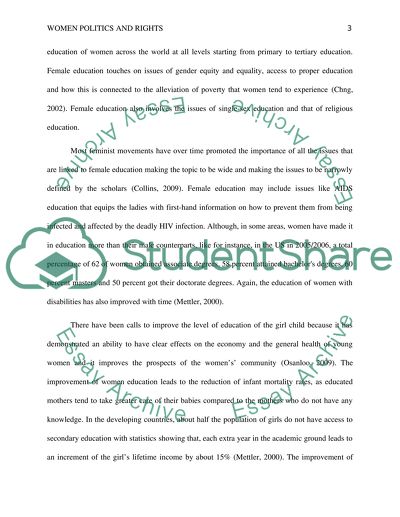Cite this document
(“Women politics and rights Essay Example | Topics and Well Written Essays - 2000 words”, n.d.)
Women politics and rights Essay Example | Topics and Well Written Essays - 2000 words. Retrieved from https://studentshare.org/history/1691186-women-politics-and-rights
Women politics and rights Essay Example | Topics and Well Written Essays - 2000 words. Retrieved from https://studentshare.org/history/1691186-women-politics-and-rights
(Women Politics and Rights Essay Example | Topics and Well Written Essays - 2000 Words)
Women Politics and Rights Essay Example | Topics and Well Written Essays - 2000 Words. https://studentshare.org/history/1691186-women-politics-and-rights.
Women Politics and Rights Essay Example | Topics and Well Written Essays - 2000 Words. https://studentshare.org/history/1691186-women-politics-and-rights.
“Women Politics and Rights Essay Example | Topics and Well Written Essays - 2000 Words”, n.d. https://studentshare.org/history/1691186-women-politics-and-rights.


